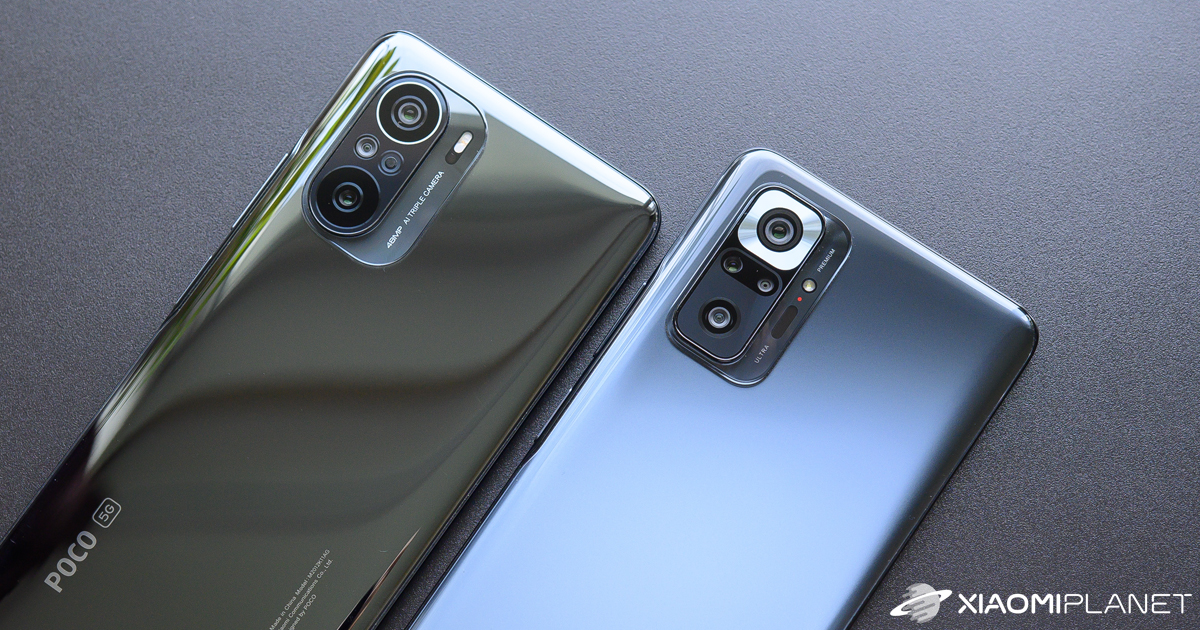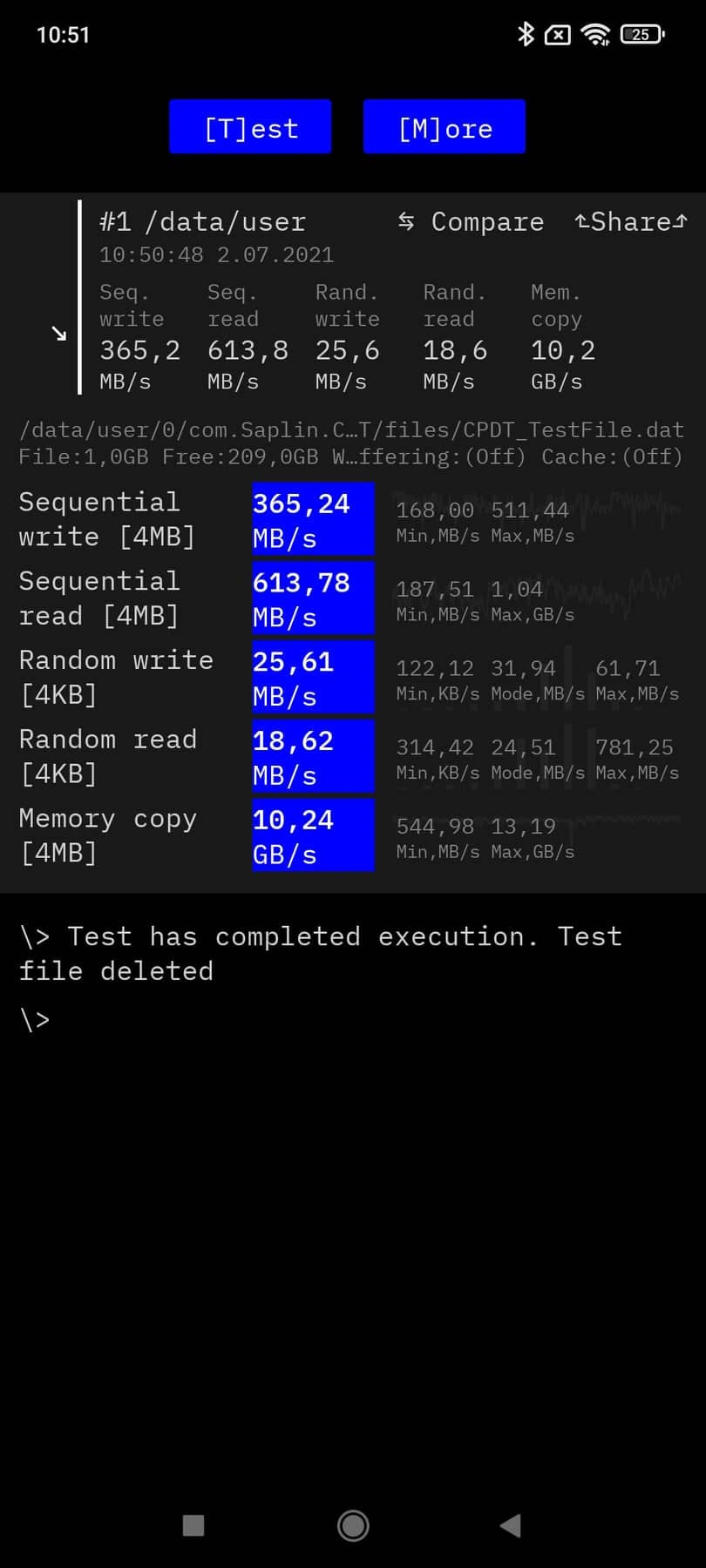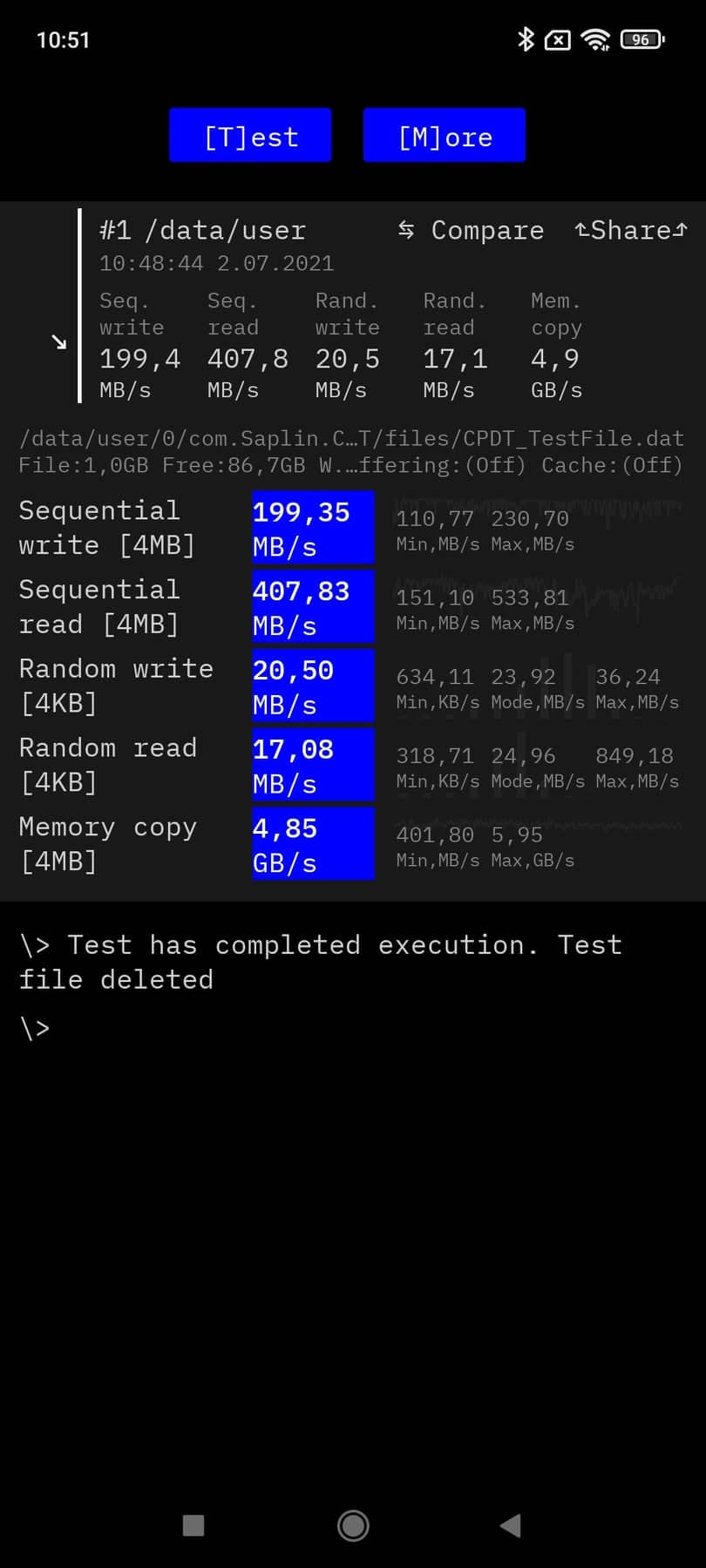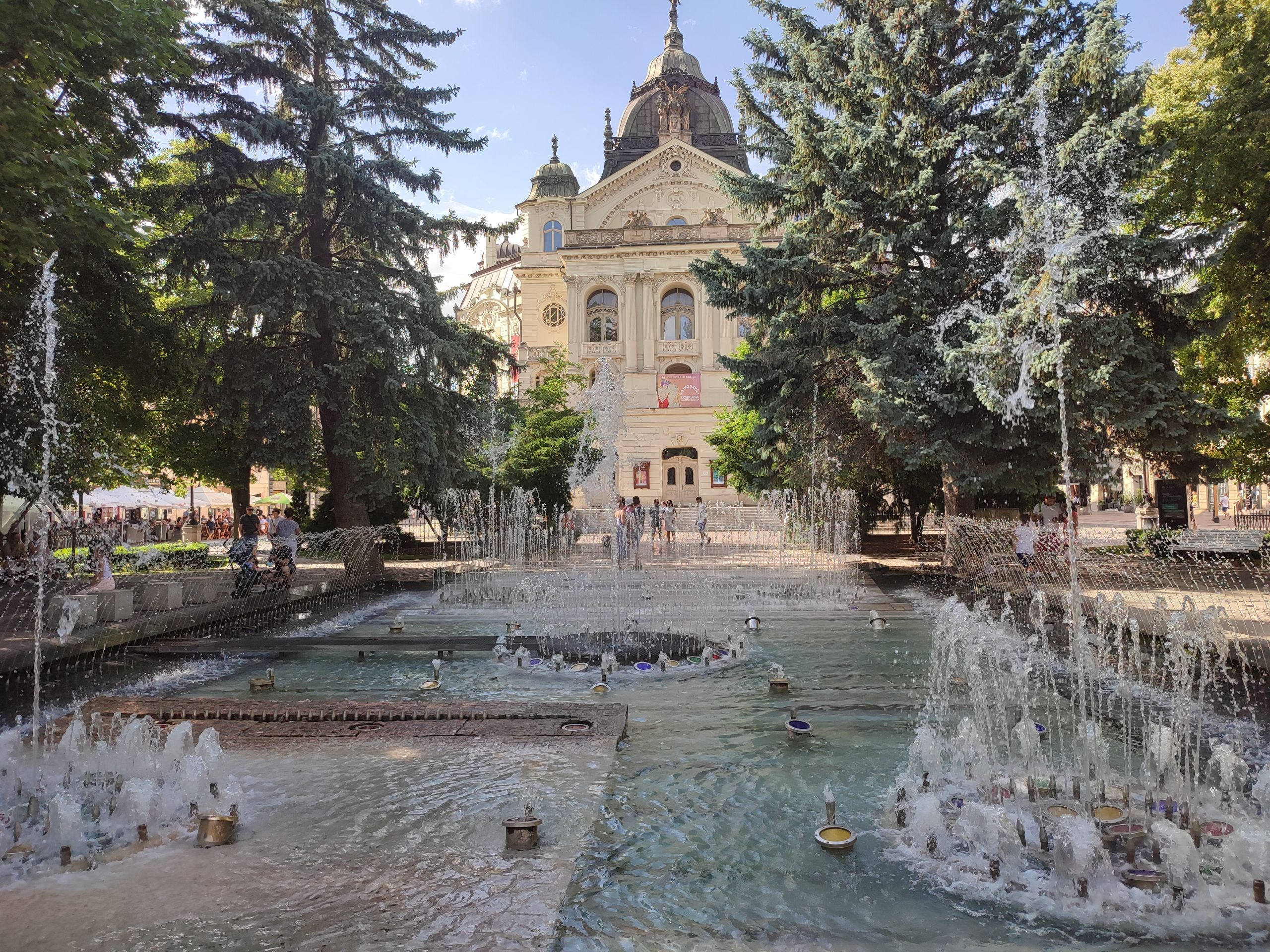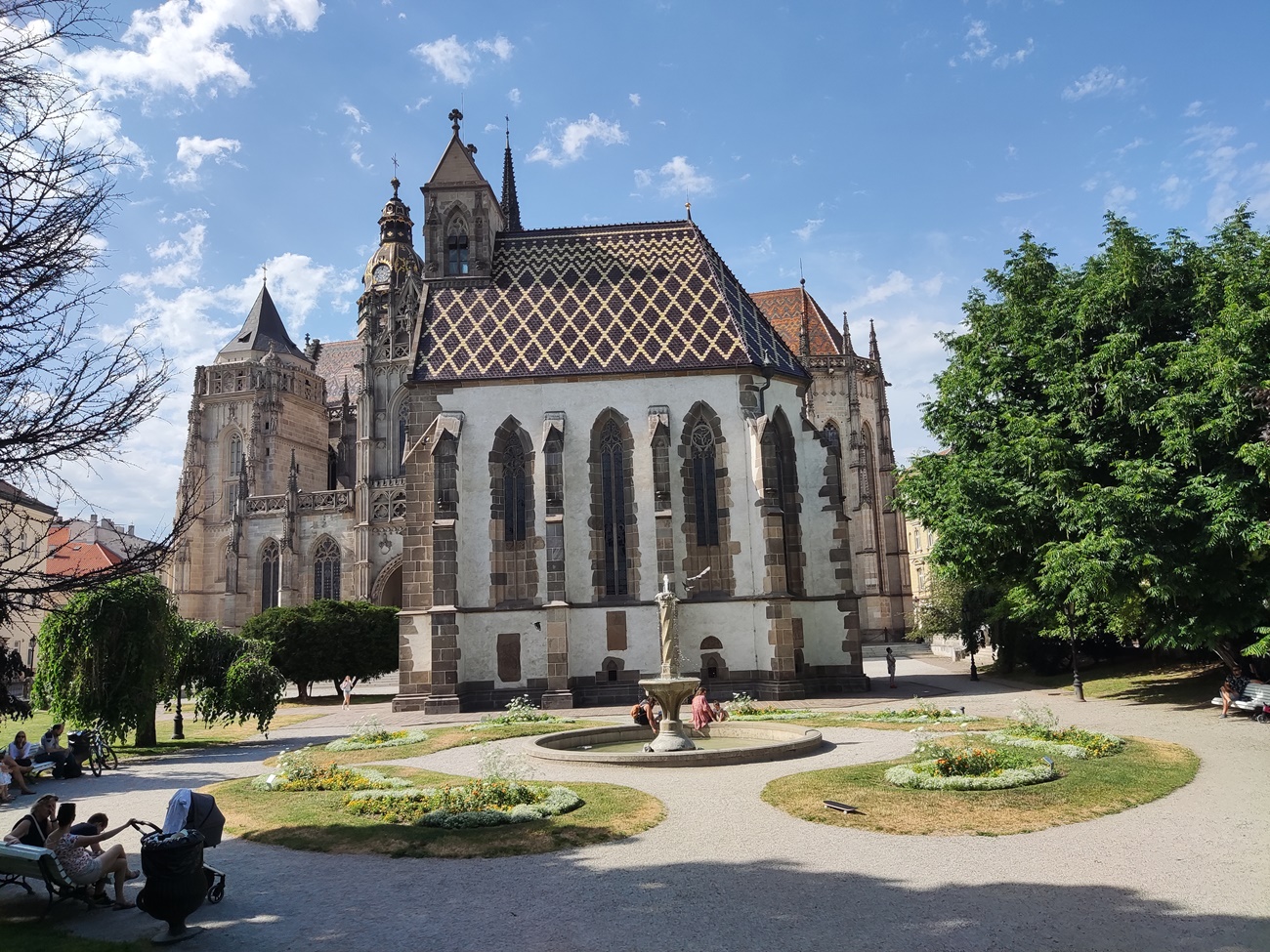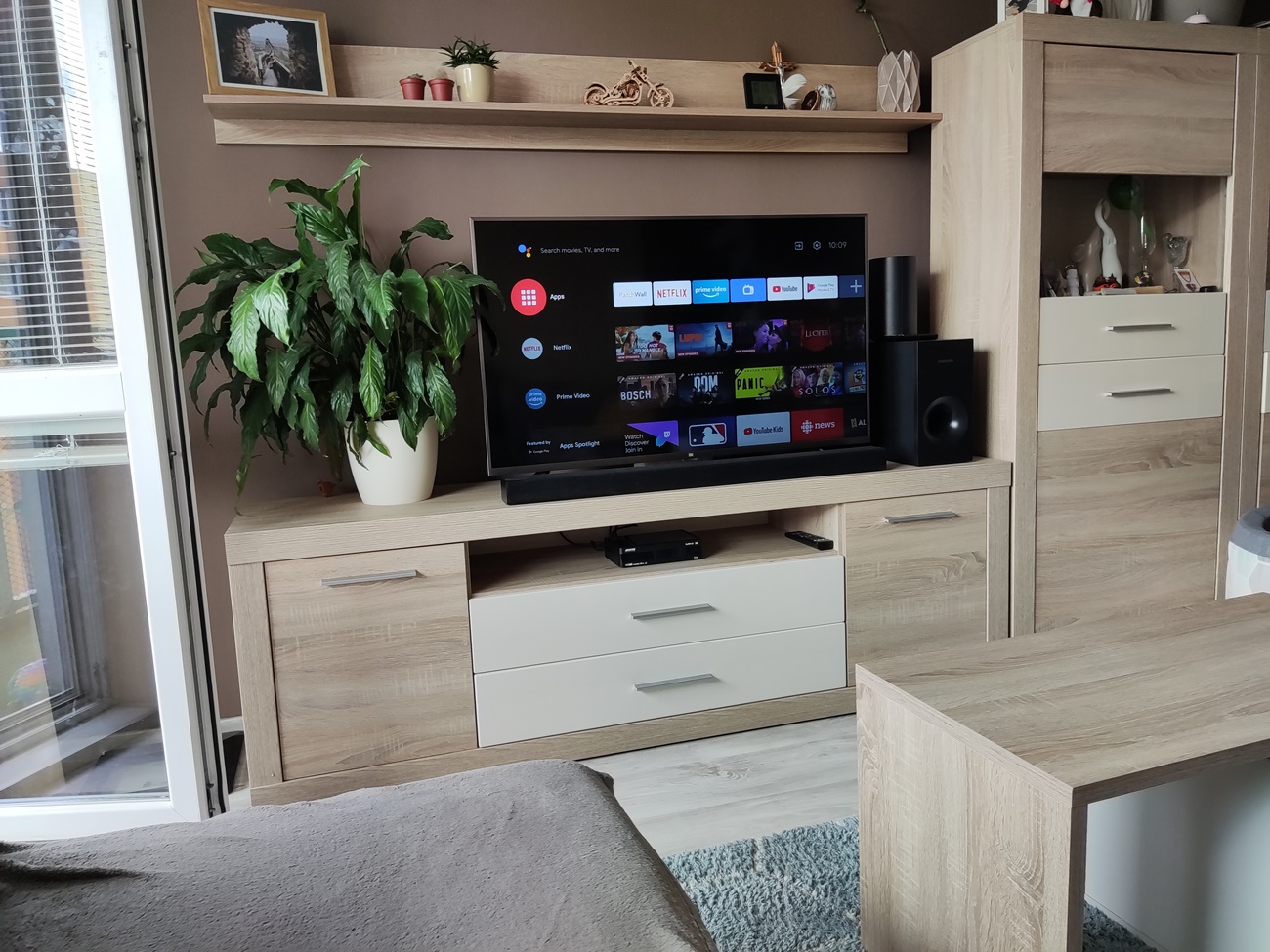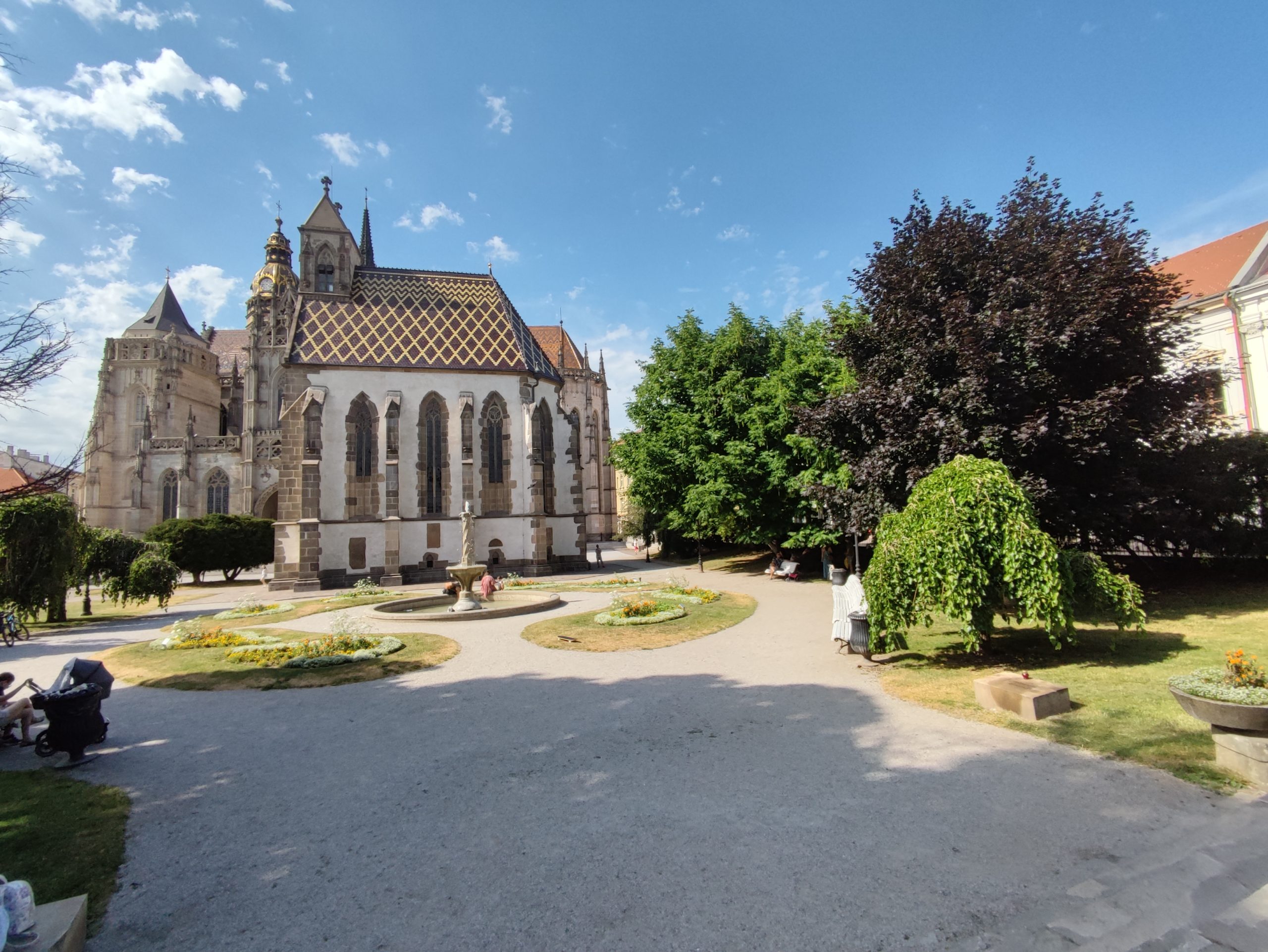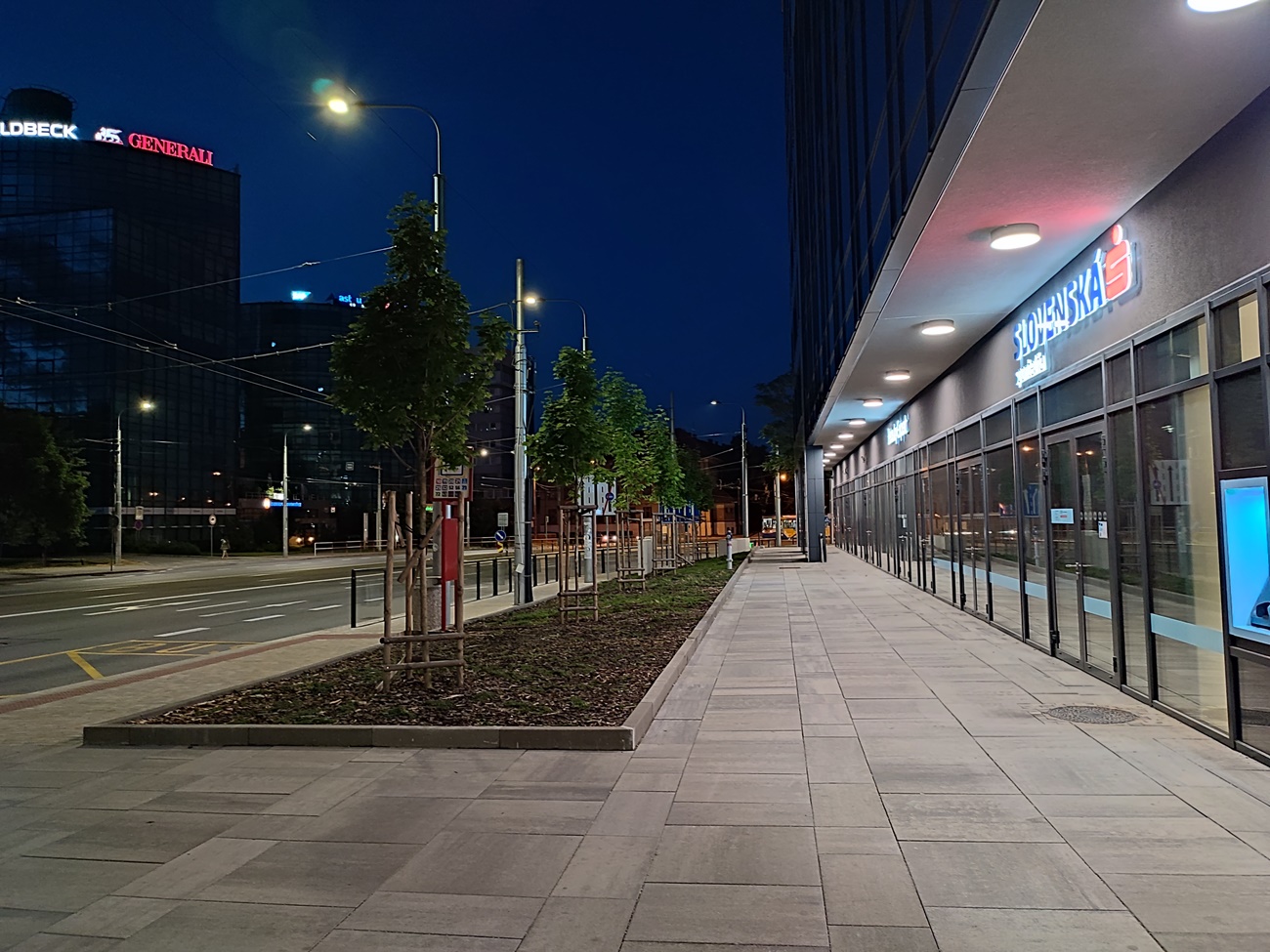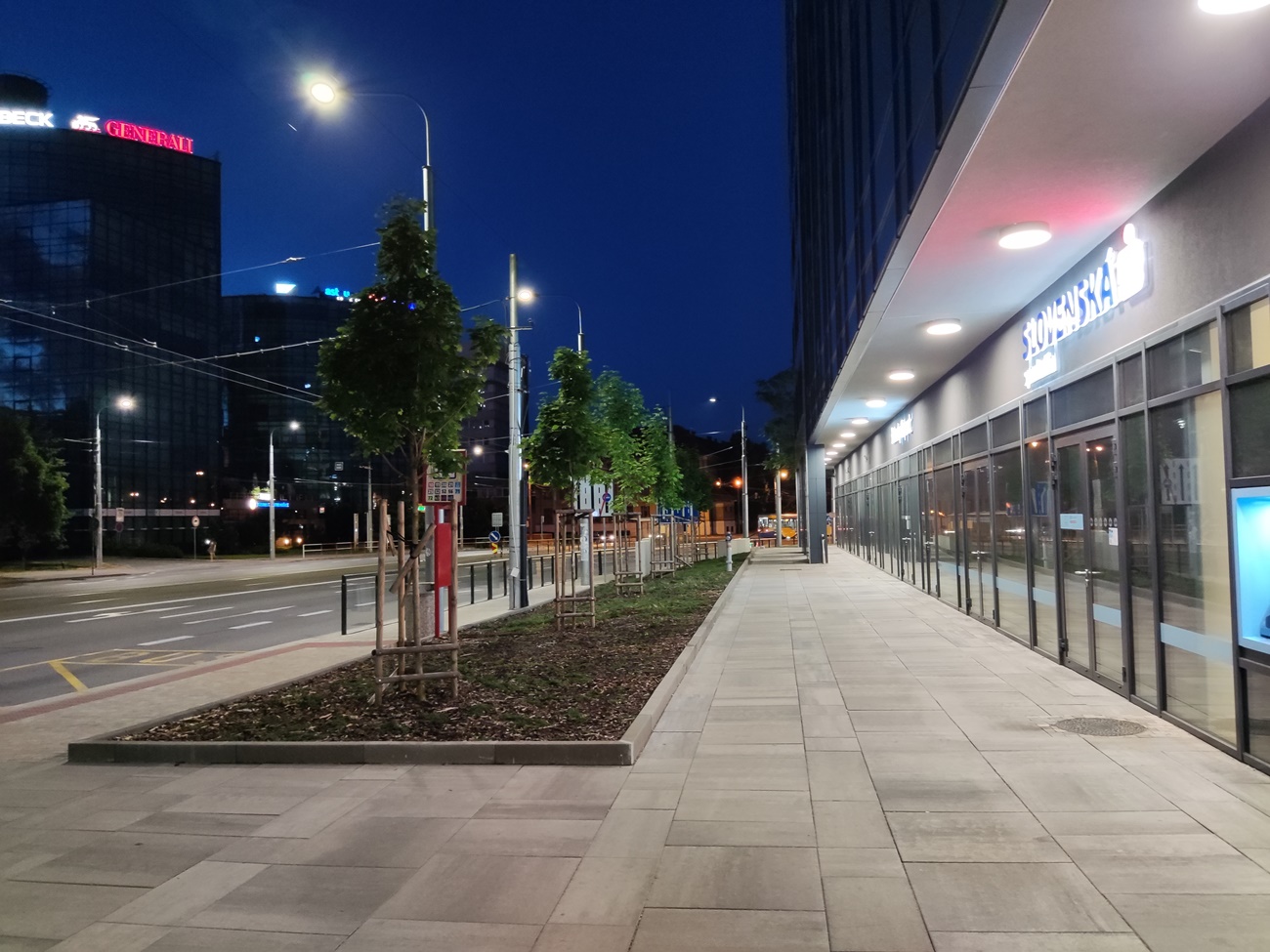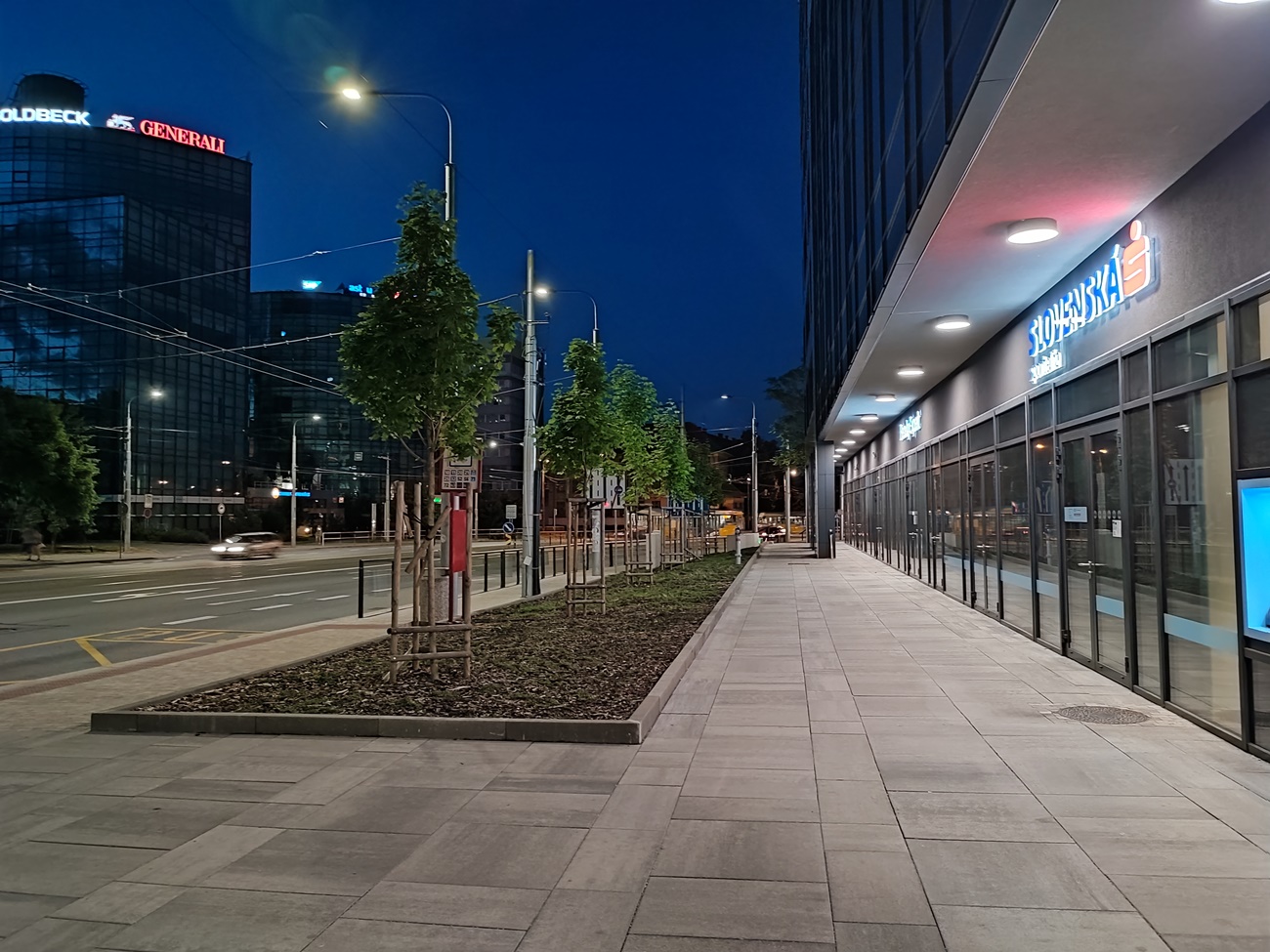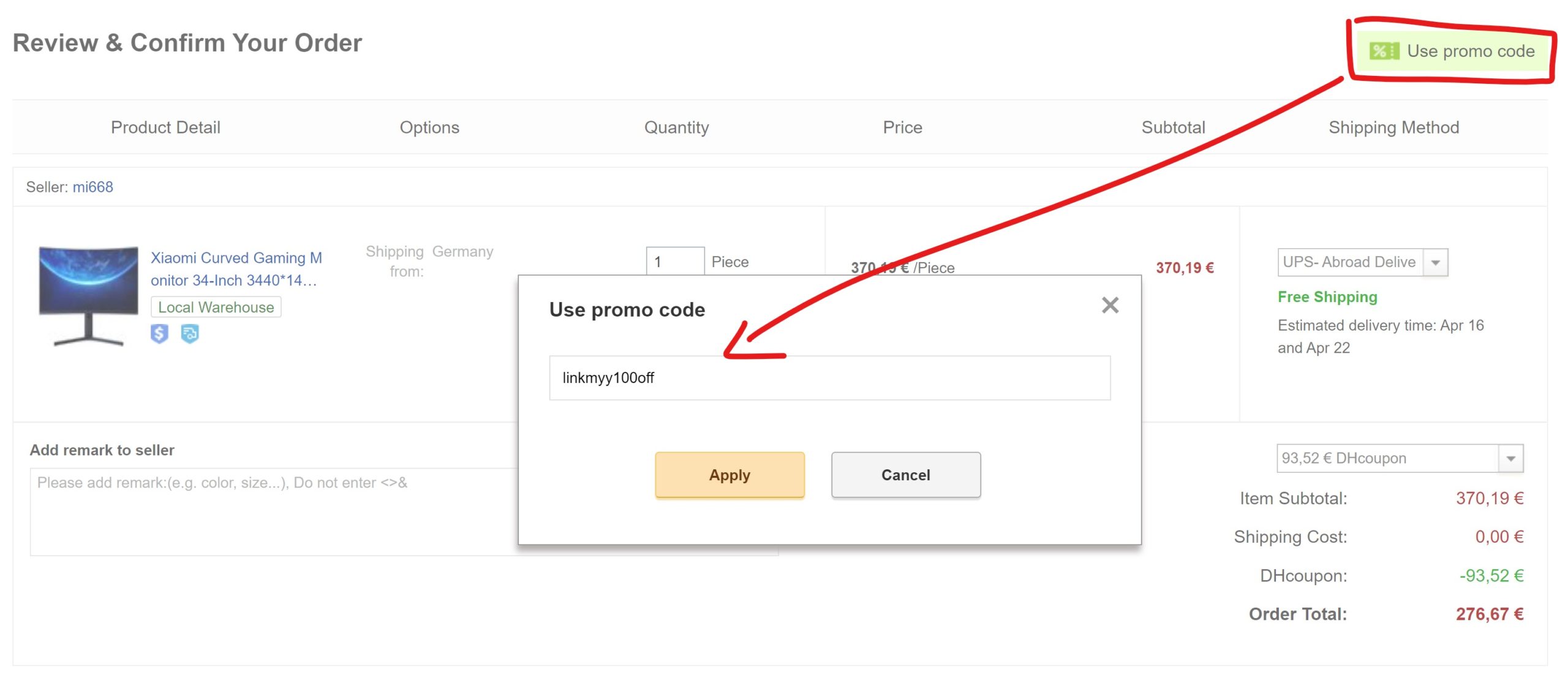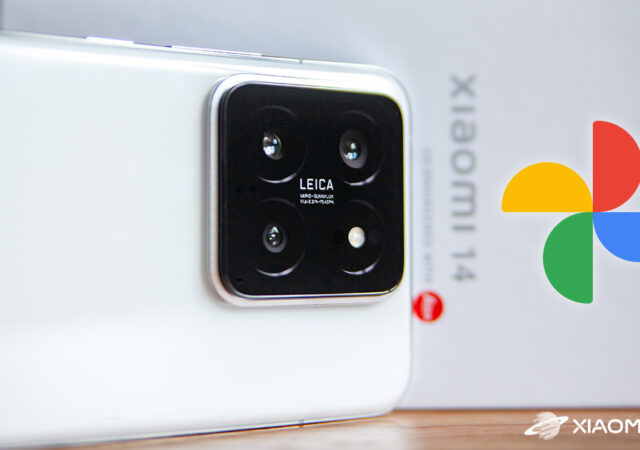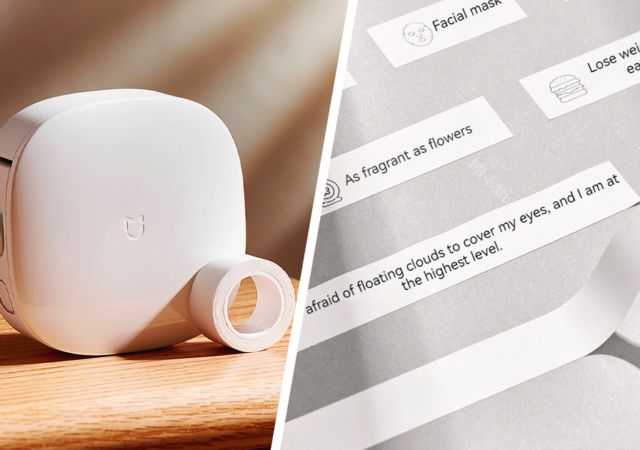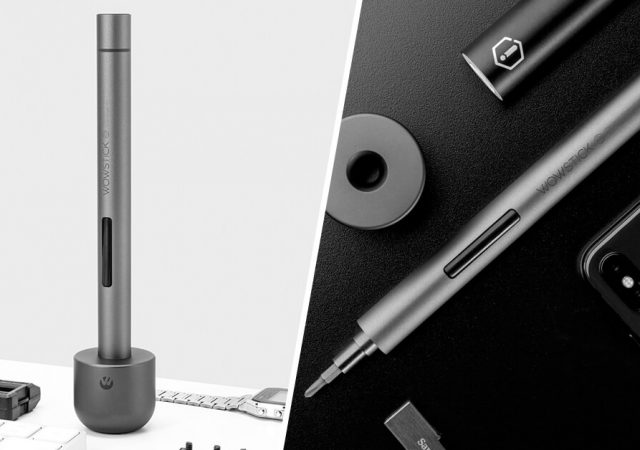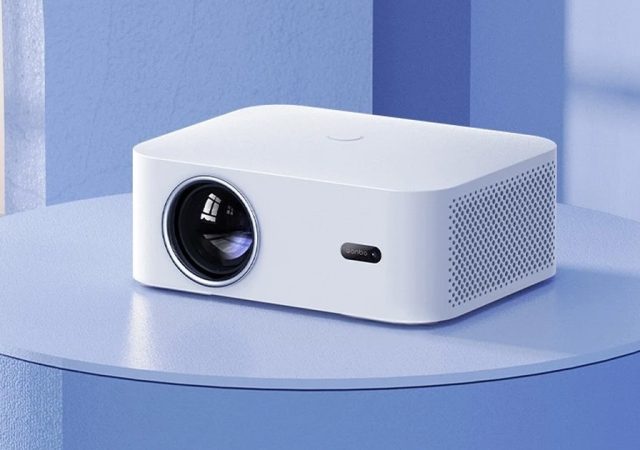We often encounter the question of which smartphone up to 300 euros is the best? Currently, the best-selling models are from Xiaomi's subsidiaries. Which of the couple POCO F3 vs Redmi Note 10 Pro will it pay off more?
In comparison, we will look at performance differences, the design of both models, endurance on a single charge and there is also a comparison of cameras.
Technical specifications
| POCO F3 | Redmi Note 10 Pro | |
|---|---|---|
| dimensions | 163.7x76.4x7.8mm | 164x76.5x8.1mm |
| Weight | 196 g | 193 g |
Display |
AMOLED DotDisplay / 6.67 " | AMOLED DotDisplay / 6.67 " |
Resolution |
2400 × 1080 px | 2400 × 1080 px |
sheepfold |
1300 rivets | 1200 rivets |
Refresh rate |
120 Hz | 120 Hz |
Sampling frequency |
360 Hz | 240 Hz |
processor |
Qualcomm Snapdragon 870 (7nm) | Qualcomm Snapdragon 732G (8nm) |
5G support |
Yes | nie |
Graphics |
Adreno 650 | Adreno 618 |
RAM |
6/8 GB LPDDR5 | 6/8 LPDDR4X |
Internal memory |
128/256 GB UFS 3.1 | 64/128/256 GB UFS 2.2 |
| MicroSD support | nie | Yes |
Primary camera: |
48 MPx | 108 MPx |
aperture f / 1.79 |
aperture f / 1.9 | |
4K 30 fps |
4K 30fps | |
Other cameras: |
8 MPx ultra-wide (119 °) f / 2.4 | 8 MPx ultra-wide (118 °) f / 2.2 |
5 MPx telemacro f / 2.4 |
5 MPx telemacro f / 2.4 | |
| 2 MPx depth of field sensor f / 2.4 | ||
Selfie camera |
20 Mpx f / 2.45 | 16 MPx f / 2.45 |
Connectivity |
Bluetooth 5.1 / Wi-Fi 6 | Bluetooth 5.1 / Wi-Fi 5 |
NFC |
Yes | Yes |
Speaker |
dual speakers | dual speakers |
3.5 mm jack |
nie | Yes |
Water resistance |
nie | IP53 |
Battery and charging |
4520 mAh / 33W charging | 5020 mAh / 33W charging |
Dimensions, design and processing
The dimensions of both smartphones are very similar. Redmi The Note 10 Pro is slightly thicker due to the larger battery, but both smartphones are comfortable in the hand thanks to the rounded edges of the back cover. When viewed from the front, the smartphones are almost identical. As for the layout of the elements, POCO The F3 has a SIM card slot on the bottom, while the Redmi The Note 10 Pro has this slot on the left edge.
Both models are plastic and the back covers are magnets for fingerprints, which, however, are more visible on the POCO F3 thanks to the mirror surface. Design is subjective, but if we had to decide on one based on design alone, this would be it POCO F3. We like the rear camera module more in this model, and moreover, it protrudes less from the body of the smartphone.
Display
We are glad that even in the middle class we can talk about AMOLED displays. In both cases, they have a size of 6.67 ″, a resolution of 2400 x 1080 px and a very small shot at the front camera in the middle of the upper part. Although these are not top AMOLED panels, they are definitely not bad.

The maximum refresh rate of the display is also a common parameter – 120 Hz. However, he has a slight upper hand POCO F3 with higher brightness (1300 nits vs 1200 nits) and higher sampling frequency (360 Hz vs 240 Hz).
We used the same screen settings for both smartphones, but at first glance you can see that the display u Redmi The Note 10 Pro has cooler colors, the white is whiter, and the display has overall more contrasting colors. POCO The F3 has a noticeably warmer color rendering with a slight hint of yellow. Overall, we had a better feeling about the display POCO F3, which also reflects a significantly higher sampling frequency (up to 30%).
Power and memory
In terms of performance, we have processors from the American Qualcomm. POCO The F3 received a Snapdragon 870, manufactured with 7 nm technology and Redmi Note 10 Pro hides the Snapdragon 732G, manufactured with 8 nm technology. The maximum clock frequency of the Snapdragon 870 is 3.2 Ghz, while the Snapdragon 732G has a maximum clock frequency of 2.3 Ghz.
In case POCO The F3 is assisted by the Adreno 650 graphics chip and in the case of the processor Redmi Note 10 Pro is Adreno 618. As for memory, there are different configurations available. At POCO F3 has a choice of 6 or 8 GB of LPDDR5 RAM and 128 or 256 GB of UFS 3.1 internal memory.
Redmi The Note 10 Pro also has two versions of RAM – 6 or 8 GB, but with older LPDDR4X technology. The storage can have a capacity of 64, 128 or 256 GB of UFS 2.2 type.
As you can see already based on the parameters, here it is the absolute winner POCO F3. It has a significantly better processor, faster storage and RAM memory. In the ranking of the well-known AnTuTu benchmark, we are POCO F3 scored 650 while Redmi The Note 10 Pro did not even get half, 297 points. POCO in addition, it also supports WiFi 6 and 5G networks, what about the model Redmi a mistake.
Unlocking options
Smartphones have a fingerprint reader located on the right side. Unlike most smartphones, where we are used to a reader gently embedded in the body for better tangibility, they have it slightly raised above the level of the body. However, this is not a problem, we have always managed to feel the reader automatically for the first time.
The readers look the same on the hair. Also in terms of functionality, both are very reliable and accurate. We did not notice any problems with them. Although they are not among the fastest on the market, this is a very decent reader for smartphones in this category. The delay between placing your finger and unlocking is visible, but does not interfere.
The second option is to unlock with the face you are scanning. It only works with the front camera, so it is not very useful in the dark. During the day, however, face unlocking works very reliably and especially quickly.
Camera comparison
48 Mpx camera vs 108 Mpx camera - based on the number of megapixels, it is a clear winner Redmi Note 10 Pro. But is this data so important and is it also reflected in the quality of the photos? We took several identical shots using both smartphones at the same time and here are the results.
Let's start with the main camera. At first glance, you can't see much of a difference, but if you look closely, you'll notice warmer colors in photo z Redmi Note 10 Pro and vice versa cooler colors u POCO F3. If we slightly zoom in on the photos, it offers more details Redmi Note 10 Pro, whose photos are slightly sharper and show more details. Sometimes, however, warm colors are present Redmi Note 10 Pro less natural.
In poorer light, the quality decreases, but more significantly in POCO F3, than u Redmi Note 10 Pro, what to see especially at a smaller zoom. Photos in low light are less sharp, but noise is not very noticeable.
Photos from the ultra-wide-angle and telemacro lenses are also in a similar vein. Photos from Redmi The Note 10 Pro is a little nicer, sharper, has warmer colors and more details.
Both models also have a night mode, which has quite a decent output. Photos from Redmi Note 10 Pro are quite decent even without night mode, while POCO F3 is significantly worse.
Photo without night mode is from POCO quite out of focus, the lighting is too burnt and the details disappear. It's better when using night mode, but it still has the upper hand Redmi Note 10 Pro, which is the overall winner in this category.
Endurance per charge
Battery in POCO F3 has a lower capacity (4520 mAh) than Redmi Note 10 Pro (5020 mAh). This also results in a shorter lifespan for the model from the brand POCO. We are real POCO The F3 had to be charged almost every day, while the s Redmi We even reached the level of 10 days with the Note 2 Pro several times. It all depends on the style of using smartphones, but generally a model from the brand is better Redmi.
As for charging, both manufacturers supply a 33 W charger to the smartphones, so the charging speed is the same. Due to the higher capacity of the battery u Redmi The Note 10 Pro takes a bit longer to charge. You can compare the charging length of both models below. We charged with the same charger and connected the smartphone to it when the battery capacity dropped to 20%:
| POCO F3 | Redmi Note 10 Pro | |
|---|---|---|
| 50% | 15 minutes | 19 minutes |
| 75% | 38 minutes | 45 minutes |
90% |
47 minutes | 56 minutes |
100% |
1 hour 3 minutes | 1 hour 14 minutes |
Price and availability of smartphones
POCO The F3 is currently available at international retailers Banggood, Edwaybuy and DHGate. Its price has dropped significantly at the time of writing this article, and in the lowest configuration (6 + 128 GB) it is at the level of 280 EUR. It is available in the European warehouse, which pleases thanks to the fast delivery.
POCO F3 Global Version
Express delivery from a German warehouse free of duty and VAT.
This product will be delivered to you expressly from your local German warehouse. Delivery from Germany usually takes 7-10 days and is delivered by courier. You do not pay any extra fees, no customs duties or VAT on delivery.
Express delivery from a German warehouse free of duty and VAT.
This product will be delivered to you expressly from your local German warehouse. Delivery from Germany usually takes 7-10 days and is delivered by courier. You do not pay any extra fees, no customs duties or VAT on delivery.
Redmi The Note 10 Pro is currently at the best price on Banggood. Unfortunately, this smartphone is currently not in any European warehouse, so the only option is to order from China. However, this is not a problem, as thanks to EU Priority Line you will not pay any fees such as customs duty or VAT.
Redmi Note 10 Pro Global Version
- German warehouse, 6 + 128 GB, 2 years warranty
- German warehouse, 6 + 64 GB, 2 years warranty
- China warehouse, 8+256GB, duty free delivery
- Spanish warehouse, 8 + 256 GB
Express delivery from a German warehouse free of duty and VAT.
This product will be delivered to you expressly from your local German warehouse. Delivery from Germany usually takes 7-10 days and is delivered by courier. You do not pay any extra fees, no customs duties or VAT on delivery.
Express delivery from a German warehouse free of duty and VAT.
This product will be delivered to you expressly from your local German warehouse. Delivery from Germany usually takes 7-10 days and is delivered by courier. You do not pay any extra fees, no customs duties or VAT on delivery.
Free shipping.
Free shipping is available for this product. However, this is the slowest delivery method and the goods can travel from 20 days to 1 month.
Express delivery from a Spanish warehouse free of duty and VAT.
This product will be delivered to you expressly from your local Spanish warehouse. Delivery from Spain usually takes 7-10 days and is delivered by courier. You do not pay any extra fees, no customs duties or VAT on delivery.
Final rating
So which smartphone is more worth buying? It's for us POCO F3. It has significantly higher performance, faster and newer storage and RAM memory, support for WiFi 6 and new generation 5G networks. It's unbelievable that a smartphone at such a price is so powerful with rich connectivity.
On the other hand, if you want a smartphone primarily for photography, POCO F3 will probably disappoint you. It doesn't even last long on a single charge. It is better in these categories Redmi Note 10 Pro. It just depends on your priorities, whether you prefer better performance and connectivity or better cameras and longer endurance.


